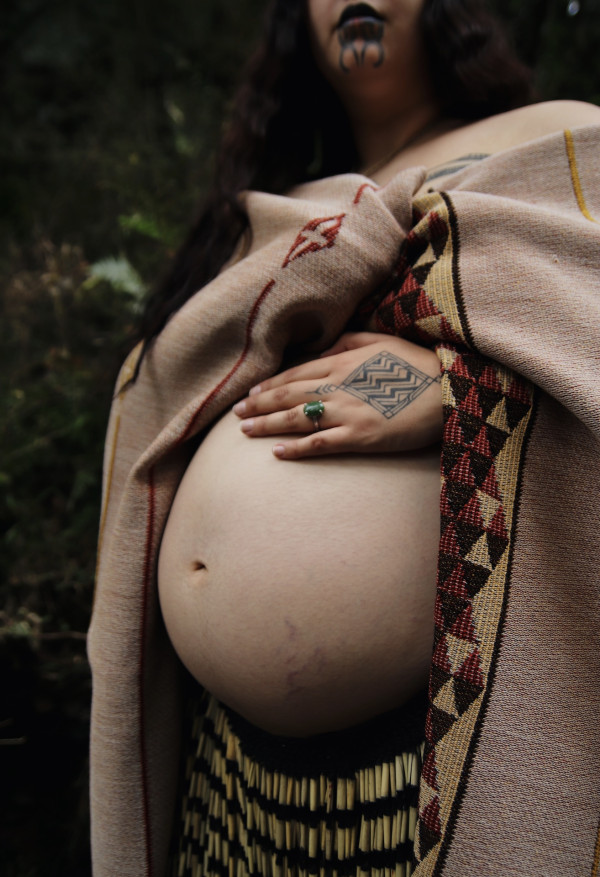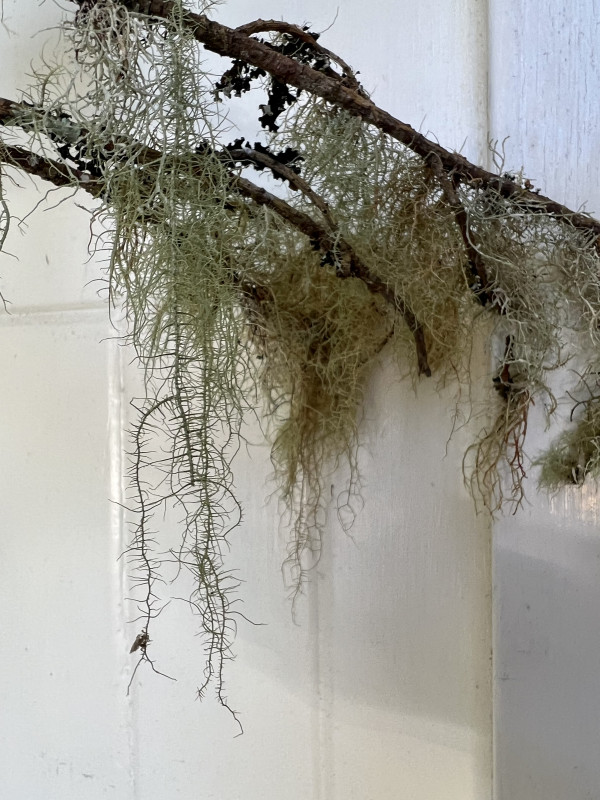Planting a whenua or placenta is extremely common among whānau Māori.
The word “whenua” means both land, and also placenta in te reo Māori.
Re: News spoke to tikanga Māori birthing practitioner Hiramarie Moewaka Latimer (Ngāpuhi) about why wāhine Māori plant their whenua (placenta), its purpose and its benefits for the environment.

Hiramarie Moewaka Latimer is a tikanga Māori birthing practitioner. Photo: Hiramarie Moewaka Latimer
What is the purpose of planting a whenua/placenta?
For Māori, it’s about honouring the whenua.
For Pākehā if they’re not taking their whenua home, let’s say they gave birth in a hospital then it's going into the incinerator which is not good for Papatūānuku (earth) at all and it's just becoming waste.
Honouring that connection and returning the whenua is about that mutual exchange and respect for Papatūānuku (earth) because the whenua is so full of nutrients.
So, we’re nourishing Papatūānuku (earth) by returning our whenua to her.
What does the process of planting the whenua do?
It ensures grounding for the uri (descendant) of whose whenua it belongs to.
Taking into consideration what you are planting with it. It should be something that can be sustainable and create resources for that whānau whether it be rongoā Māori (Māori medicine) or rākau (tree) that you can harvest.
Is it traditional?
I’m not so sure about this word traditional, but our tūpuna have been doing this for as long as we know. It’s a practice that continues to be carried out.
What kind of plant or tree do you usually plant on top?
Rākau Māori (native trees) that you can continue to sustain from is something that I'm personally comfortable with and encourage practising
But I know some whānau who just plant the whenua, or put a rock on top to mark it.

Angiangi can act as a liner with an ipu whenua (vessel for holding the placenta) to help absorb any fluid and combat bacteria which is what causes the whenua to smell when it sits for an extended period of time. Photo: Hiramarie Moewaka Latimer
Is there a timeframe?
Every whānau, every hapū (subtribe) and iwi (tribe) are different.
What we practice and what a kaumātua (elder) within our iwi (tribe) told us was after you have a pēpi there's so much that goes on and it's almost like there's a certain stage where all of a sudden everything has settled. And that's when the whenua is planted.
When my whenua was buried it was done within, I think, three days, but a lot of it will be dependent on what whānau have, whether they have somewhere to keep it or somewhere to return it straight away.
What are your thoughts on non-Māori doing this?
I think it is good, I think it cuts down on waste, and it’s good for Papatūānuku (earth) however, I wouldn’t encourage non-Māori to carry out the tikanga Māori (Māori customs and practices) side to it.
And you don't want to be going out planting the whenua on someone's marae or at the urupā (cemetery).
I guess it's a bit of common sense, just being aware of where it's going.
You either need to seek permission to do it somewhere or use your own backyard.
More stories
Is greed impacting the cost of your groceries?
Some reports say the high cost of living is being driven by firms charging more than they need to.
'At 21 years old... this was not the plan': NZ's youngest MP
We followed New Zealand’s youngest MP in 170 years as she delivered her maiden speech in Parliament.
How to eat like our tīpuna did
Why food security and food sovereignty are so important